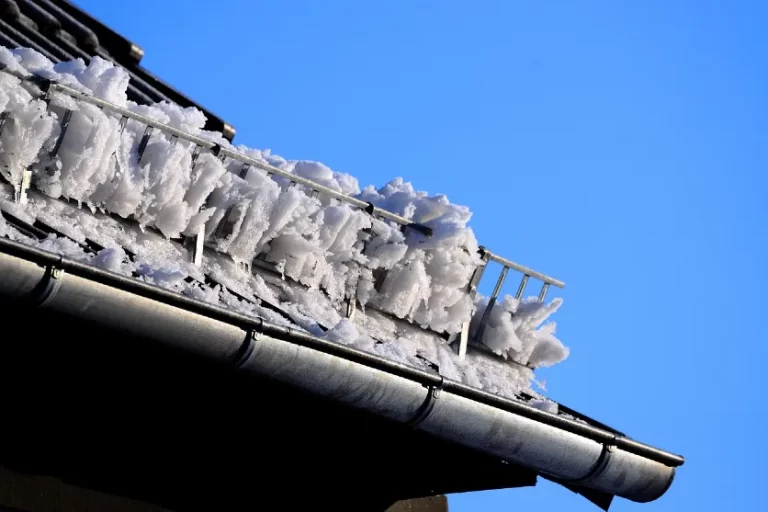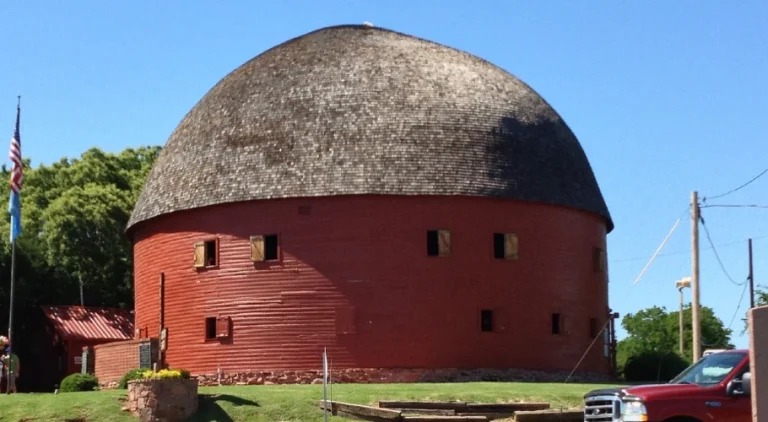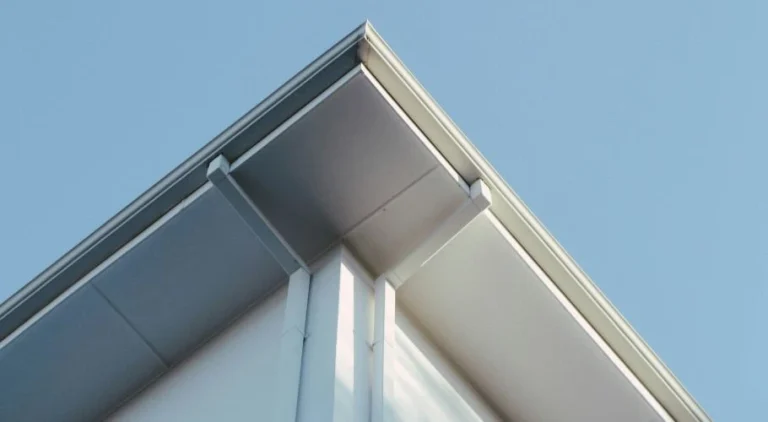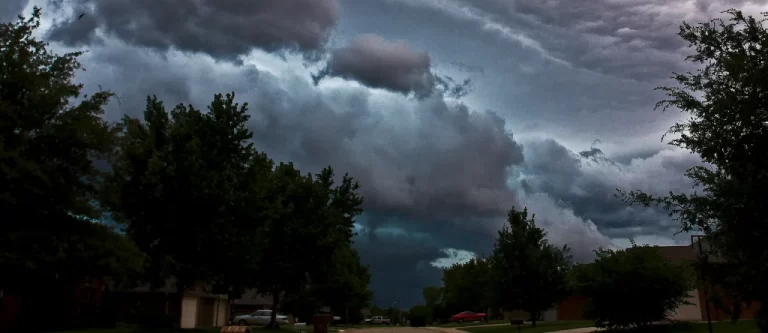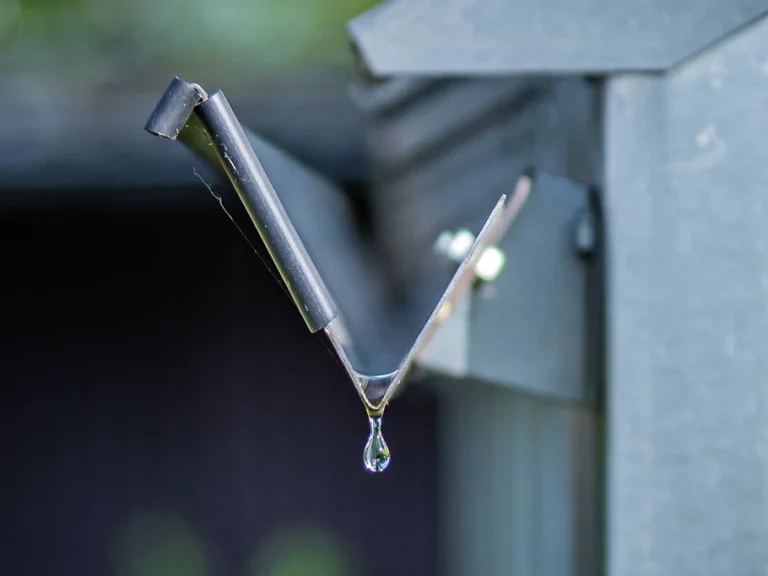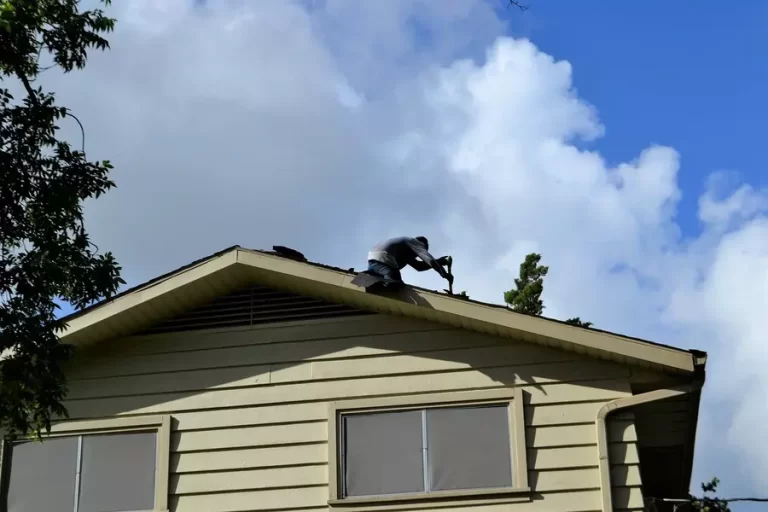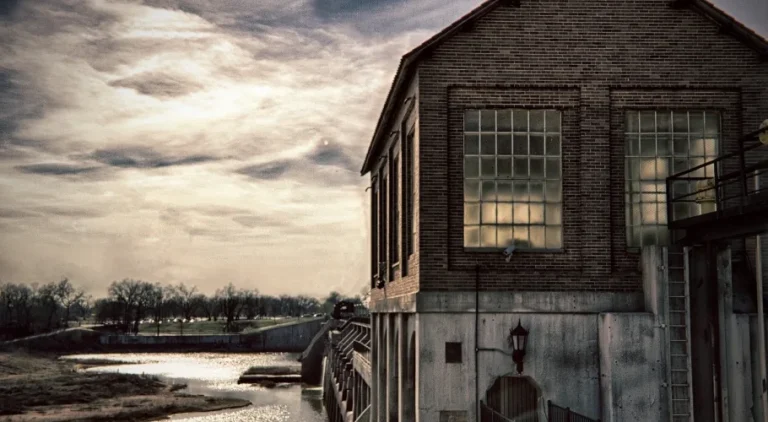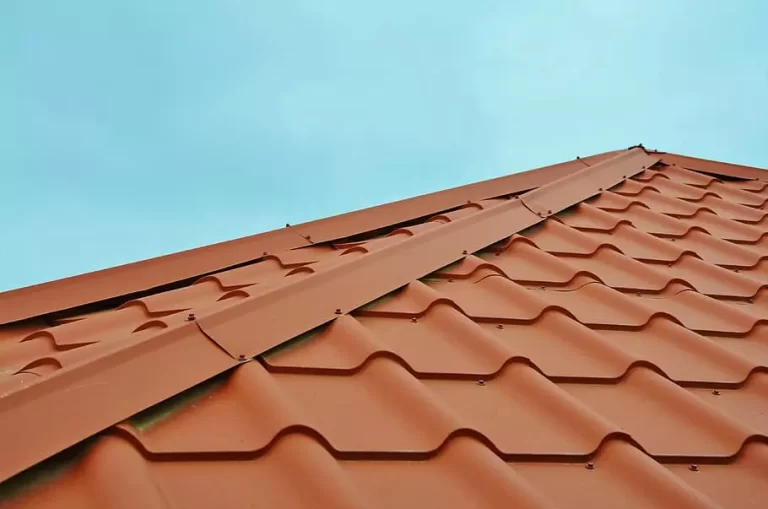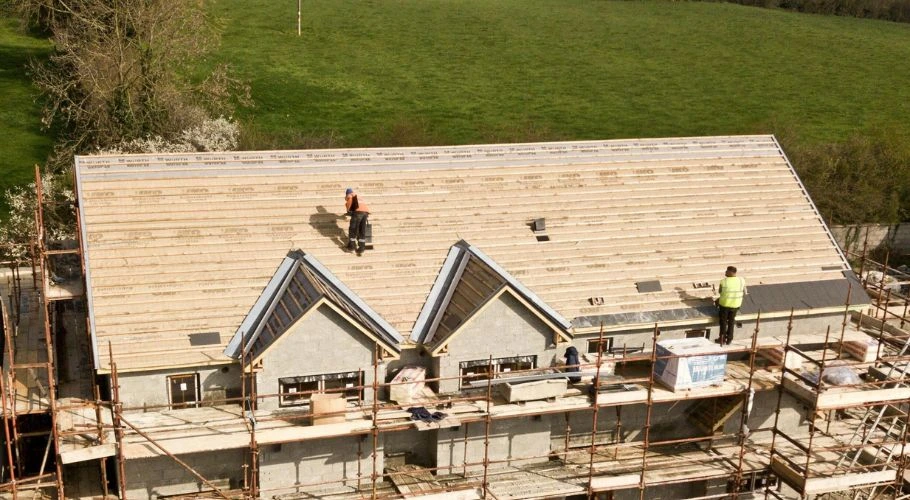
Did you know that neglecting your roof can lead to thousands in repairs? Many homeowners in Oklahoma opt for a DIY approach to roof inspections, thinking it will save time and money. However, without the right knowledge or tools, you may miss critical issues that could lead to costly repairs down the road. At Robbins Roofing in Oklahoma, we understand the importance of a thorough roof inspection and its role in keeping your home protected. If you’re considering a DIY inspection, it’s crucial to avoid common mistakes and follow proper safety tips to assess your roof effectively while keeping yourself safe.
Top Inspection Blunders: What Not to Do
Here are some common mistakes people make when inspecting their roofs:
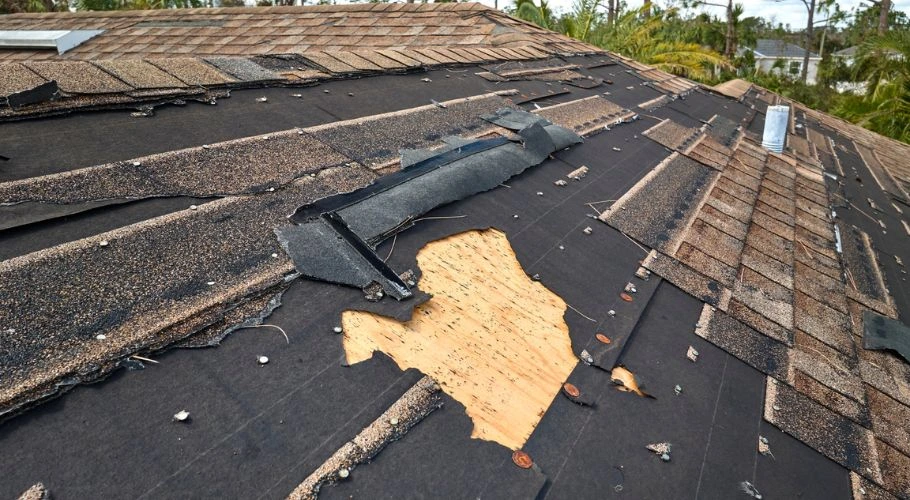
Neglecting Safety Precautions:
Homeowners fail to use proper safety gear, such as harnesses, sturdy ladders, and non-slip shoes, which can lead to accidents.
Overlooking Structural Issues:
People often focus only on the visible surface and miss underlying structural problems, such as sagging areas or damaged supports.
Ignoring Proper Timing:
Inspecting a roof during bad weather or when it’s too hot can be dangerous and hinder the ability to see issues clearly.
Not Using the Right Tools:
Failing to have the necessary tools, such as binoculars for a closer look from the ground or a proper ladder, can limit the effectiveness of the inspection.
Assuming All Issues Are Visible:
Homeowners may think that if they don’t see obvious damage, their roof is in good condition. Many problems can be hidden, such as leaks or mold.
Forgetting to Inspect Flashing and Penetrations:
Areas around chimneys, vents, and skylights often require special attention, as they are prone to leaks and damage.
Ignoring Maintenance Records:
Not keeping track of past inspections, repairs, and maintenance can lead to overlooking recurring issues that need attention.
DIY Repairs Without Professional Input:
Attempting to fix problems without consulting a roofing professional can sometimes lead to further damage or incomplete repairs.
Rushing Through the Inspection:
Taking shortcuts and not spending enough time thoroughly inspecting the roof can result in missing critical issues.
Not Considering Roof Age:
Homeowners may overlook the age of their roofing materials, which can be a critical factor in determining the roof’s overall condition and need for repairs.
Get Your Safety Equipment Ready
Before starting your DIY roof inspection, gather the right and appropriate safety gear. Here’s what you’ll need and why it’s essential:
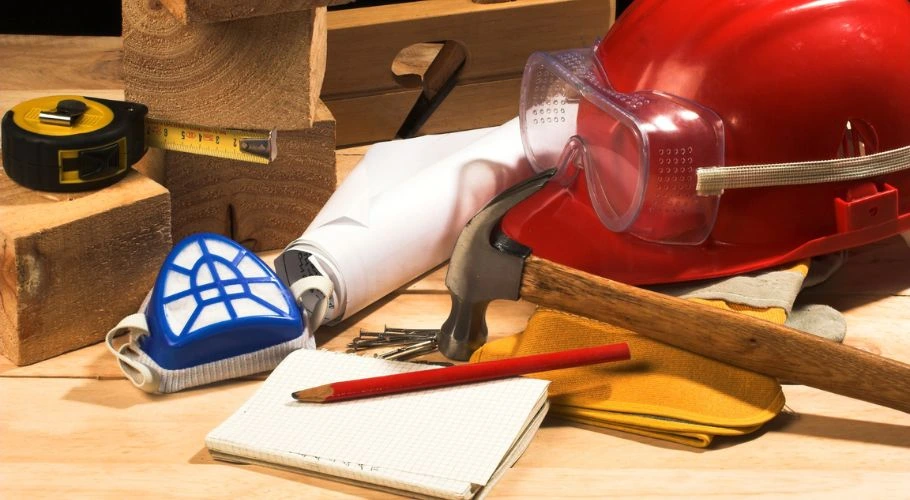
Safety Harness: A harness helps prevent dangerous falls, especially on steep or high roofs. It’s designed to catch you if you slip, keeping you secure while you inspect.
Sturdy Ladder: A strong, stable ladder is crucial for getting on and off the roof safely. Be sure to place it on solid, even ground to avoid tipping.
Non-Slip Shoes: These shoes provide extra grip, helping you stay steady on the roof’s surface, particularly if it’s wet or slick.
Gloves: Protect your hands from sharp materials, debris, or rough edges that could cause injury while working on the roof.
Helmet: In case of falls or bumps, a helmet adds protection, especially if you’re working near gutters or roofing materials that can be hazardous.
Using this gear not only makes your inspection safer but also more effective, allowing you to focus on the roof without worrying about potential hazards.
Roofing Materials and What to Check For
When inspecting your roof, it’s important to know what to look for based on the roofing materials in place. Here are some common issues to watch out for:
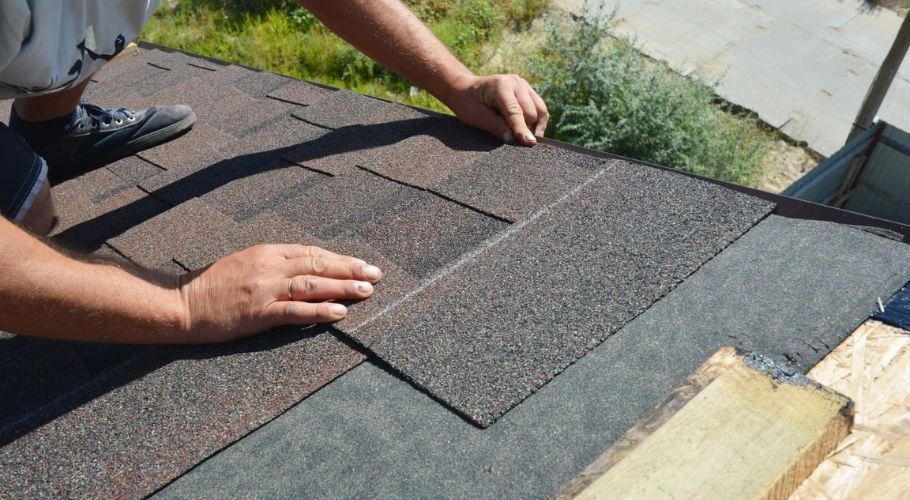
Asphalt Shingles
Asphalt shingles are the most popular roofing material for homes due to their affordability and versatility. When inspecting, check for missing shingles, curling edges, and cracks. Even minor damage can lead to leaks. Look for granule loss, indicating the shingles may be nearing the end of their lifespan, as worn shingles can compromise the roof’s integrity over time.
Metal Roofing
Metal roofing is durable and can withstand severe weather, making it a great option for areas like Oklahoma. During inspections, look for rust, loose screws, or dented panels. Corrosion often occurs around roof penetrations, like chimneys or skylights, where water can seep in. Addressing these issues early is crucial, as rust can weaken the roof structure.
Tile Roofing (Clay or Concrete)
Clay and concrete tiles are highly durable but can crack under severe impact. Inspect for cracked or misaligned tiles, as these can allow water to seep underneath, leading to significant damage. Also, check the underlayment for signs of wear. Regular inspections help maintain the roof and prevent costly repairs.
Wood Shingles or Shakes
Wood shingles or shakes offer a natural aesthetic but require more maintenance. They’re prone to moisture damage, rot, and insect infestations. Look for water stains, cracked or warped wood, and signs of mold. Discolored areas may indicate rot due to poor ventilation. Regular checks help catch early signs of decay.
Flat Roofs (EPDM, TPO, or PVC)
Flat roofs are common in commercial properties and often face pooling water, leading to leaks. Inspect for standing water, which suggests drainage issues. Check seams and edges for punctures or tears that can allow water entry. Areas around vents or HVAC units are particularly vulnerable, so a close inspection is essential to avoid major structural problems.
DIY Roof Repairs
You’ve completed your inspection and noticed some minor issues—now what? While tackling some repairs yourself can seem like a good way to save money, it’s important to approach any DIY roof repair project with caution. If you decide to go the DIY route, here are a few steps you can take to handle small fixes on your roof surface effectively.
Replacing Shingles:
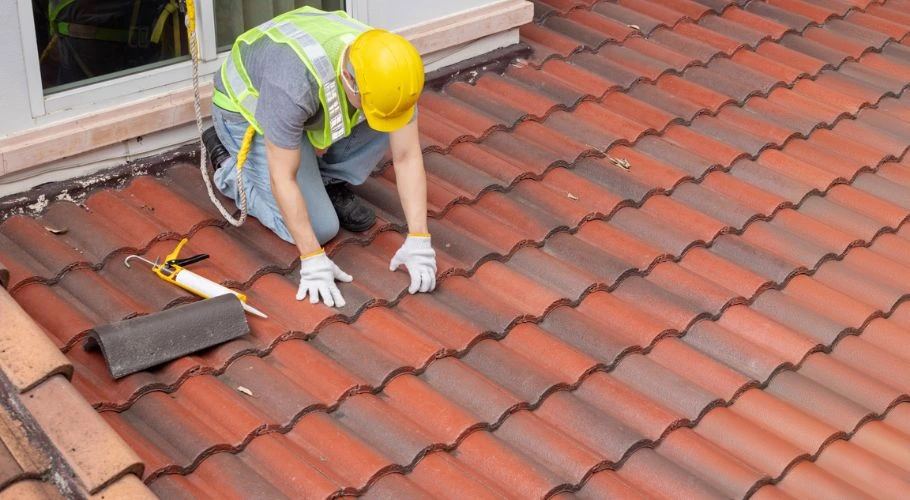
If you’ve spotted missing shingles or ones that are cracked or curled, these can typically be replaced with basic tools. Start by carefully removing the damaged shingle and any nails holding it in place. Make sure to slide the new shingle into position and secure it properly. Having a well-maintained roof is key to avoiding future issues, and replacing a few shingles here and there can make a big difference.
Fixing Small Leaks:
Leaks are one of the most common issues found during a DIY roof repair process. Once you’ve identified the source, patching a small hole with roofing cement or a similar product can help prevent water from getting inside. Pay attention to areas around chimneys, vents, and skylights—these are often the culprits when leaks appear.
Seal Flashing:
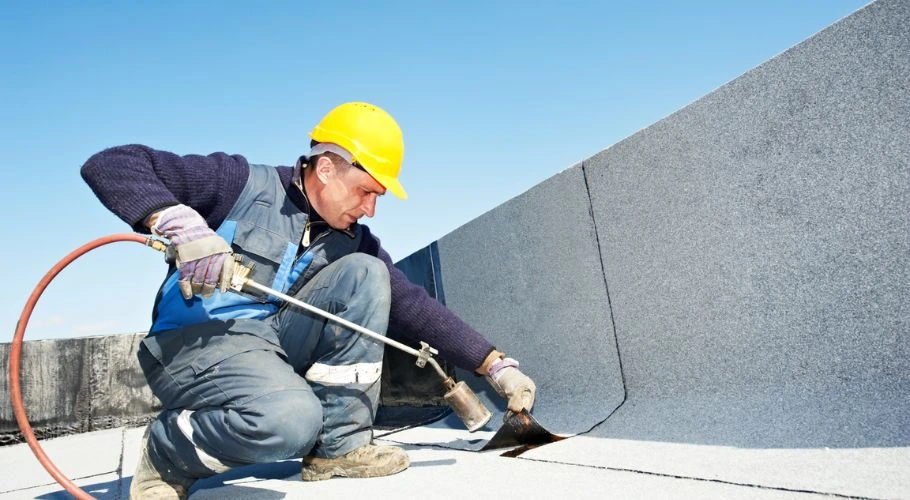
If the flashing around your roof penetrations is loose or worn, this can lead to leaks and roof deterioration. You can reseal or replace flashing with basic materials found at your local hardware store. This will help keep your roof protected from the elements and prolong its lifespan.
While it’s possible to handle some minor repairs on your own, keep in mind that larger or more complicated issues should always be left to the professionals at Robbins Roofing.
When to Call a Professional for Roof Inspection and Repairs
Curling or Damaged Shingles:
If you notice curling shingles or large sections of damaged shingles, it’s time for a professional to inspect and replace them before the damage spreads.
Water Infiltration:
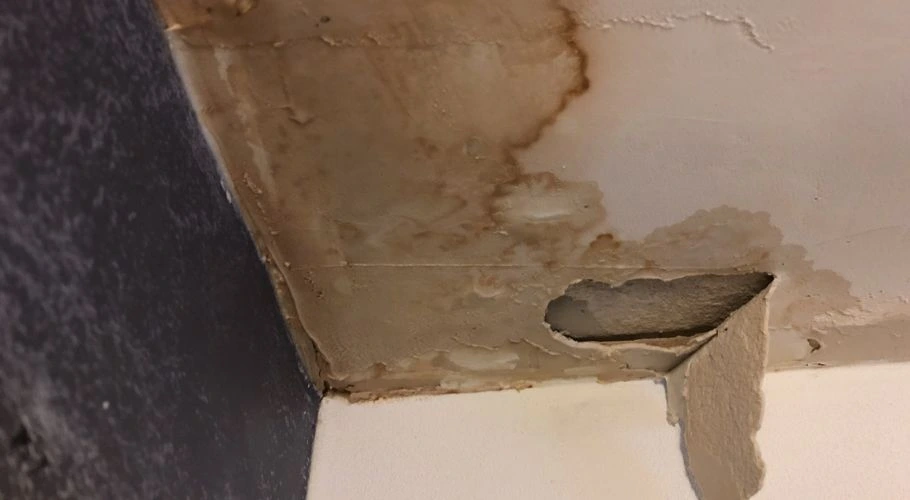
Signs of leaks or water infiltration inside your home, such as water stains or damp spots on ceilings, require immediate attention from a roofing expert. Ignoring them can lead to structural damage.
Visible Structural Issues:
If your roof looks uneven or you notice sagging areas, this could indicate more serious structural damage that needs professional repairs to avoid bigger problems.
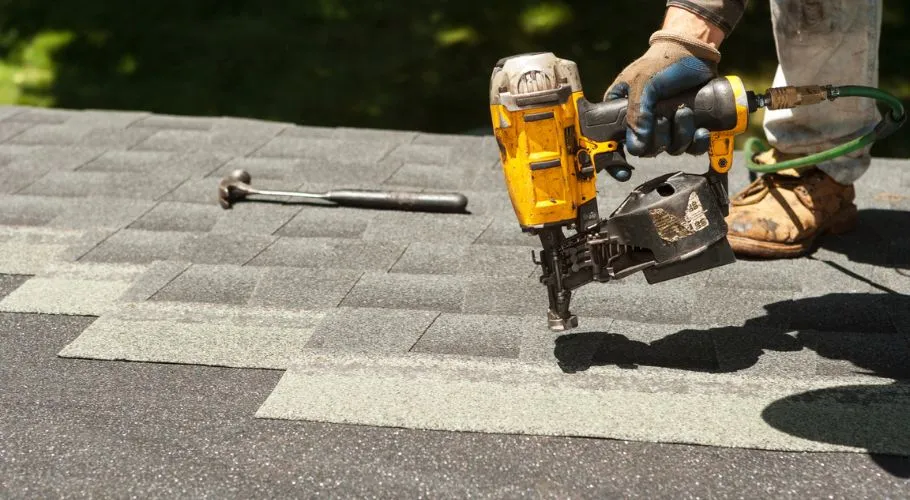
Widespread Damage:
When your roof has large sections of damage—like multiple missing or broken tiles—professional help is needed to prevent further deterioration.
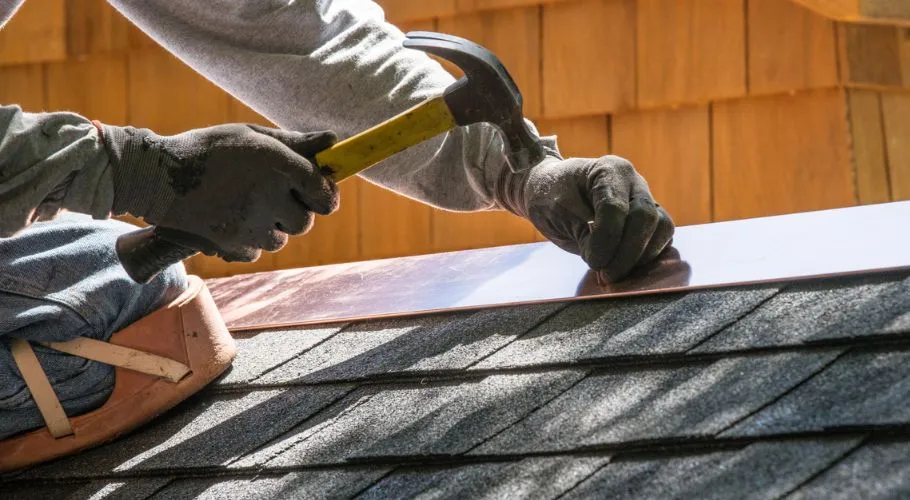
Hidden or Underlying Issues:
Regular roof inspections may not catch hidden damage or underlying issues like problems with your roof’s foundation. A professional roofer can do a thorough check to identify these potential risks.
Hiring a pro, like Robbins Roofing, for these situations can prevent minor problems from becoming major ones, saving you time and money in the long run.
Robbins Roofing Expert Service
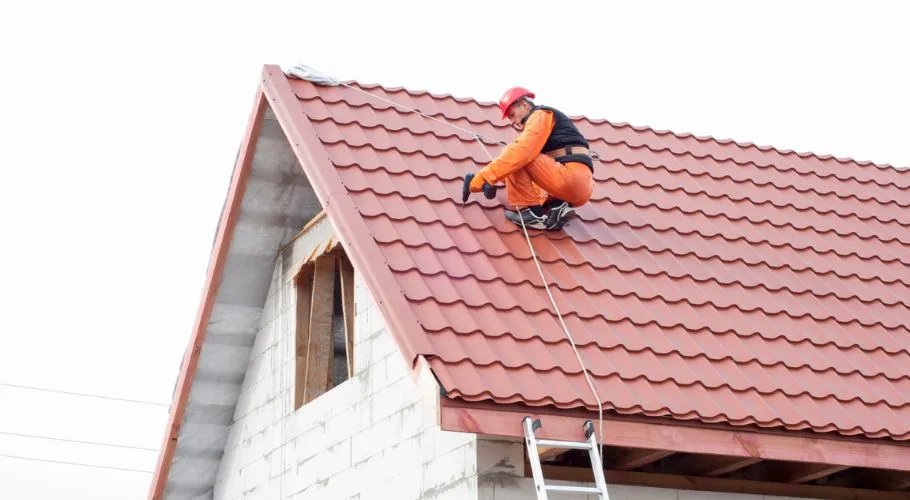
In Oklahoma, where the weather can be unpredictable, performing regular roof inspections is vital for maintaining your roof’s integrity. Many homeowners overlook the importance of a comprehensive roof inspection, which can help identify issues before they lead to costly repairs. If your roof shows signs of damage, such as a compromised roof surface or issues affecting the entire roof, it’s time to seek professional help.
As a trusted roofing company in OKC, Robbins Roofing specializes in thorough roof maintenance and repairs to keep your roof in excellent condition. Don’t wait for minor problems to escalate—contact us today to schedule your inspection and make sure your home remains safe and secure!


